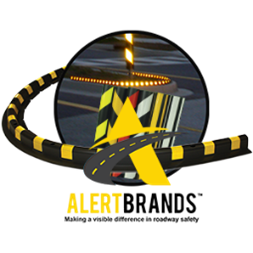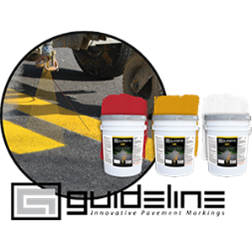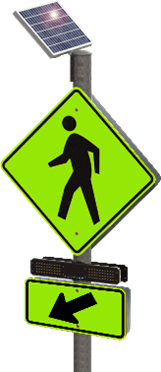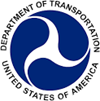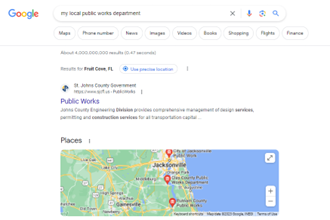Eight Steps and Links to Improve School Zone Safety
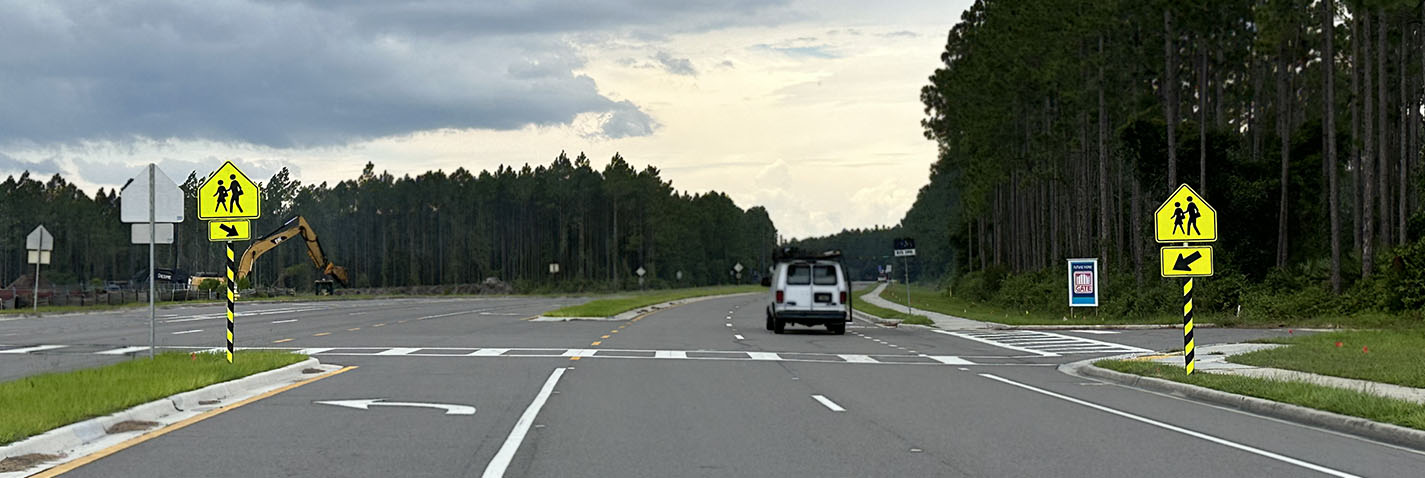
School zone safety is crucial to protect children, reduce accidents, encourage active transportation, and foster a positive learning environment. It instills safe habits, improves parental peace of mind, and promotes community responsibility. Ensuring school zone safety is a collective effort that requires collaboration among schools, authorities, parents, and the community. Here are some steps to achieve a safer school zone:
- Traffic Calming Measures: Implement traffic calming measures to reduce vehicle speed around the school. Speed bumps, speed humps, raised crossings, and narrowed lanes can help slow down vehicles and improve safety.
The SaferRoads line features durable rubber modular traffic calming devices that offer easy installation and decades of longevity, suitable for both permanent and seasonal use.
- Visible Signage: Install clear and visible signs indicating the presence of a school zone, speed limits, and other relevant information. Make sure drivers are aware of the reduced speed limits during school hours.
AlertBrands’ reflective enhancement devices provide a dramatic and cost-effective improvement in the visibility and conspicuity of signs and medians, both within and outside of your school zone.
- Crosswalks and Pedestrian Facilities: Ensure that there are well-marked crosswalks and pedestrian crossings near the school. Install traffic lights, pedestrian islands, or pedestrian-activated signals to assist pedestrians in crossing safely.
Guideline GXR high-performance traffic paint ensures optimal visibility of your school zone pavement markings, guaranteeing their effectiveness throughout the entire school year and beyond.
- School Zone Flashing Lights: Install flashing lights near the school zone to indicate when the reduced speed limit is in effect. These lights serve as visual reminders for drivers to slow down.
The Trafficalm Push2Cross pedestrian warning system ensures safe and reliable crossings in school zones, with or without traffic guards.
- Safe Routes to School: Work with local authorities and community members to identify and promote safe walking or cycling routes to the school. Ensure these routes have proper sidewalks, pedestrian crossings, and adequate lighting.
Safer Routes to School, an initiative by FHWA, encourages walking and bicycling to school through infrastructure enhancements, enforcement, safety education, and incentives.
- Regular Safety Audits: Conduct periodic safety audits to identify potential hazards and assess the overall infrastructure around the school zone, including road design, sidewalks, and lighting. Advocate for necessary improvements to enhance safety.
The Road Safety Audit for School Areas white paper presents two outstanding checklists for simplified auditing of your school zone’s safety.
- Collaboration with Local Authorities: Work with local transportation and city authorities to address specific safety concerns and implement appropriate solutions.
Working with your local transportation department in the school zone will better ensure quality and qualified safety solutions.
- Driver Feedback Signs: To deter speeding and improve speed limit enforcement, consider implementing radar-based driver feedback signs within the school zone.
The Trafficalm Driver Feedback Signs have a proven track record of reducing speed violations by clearly notifying motorists of their speed and alerting them to their entry into a school zone.
Other Considerations: School Zone Patrols/Drop-off and Pick-up Zones/Community Engagement/Driver Education/Enforce No-Parking Zones/School Bus Safety.
Remember that making a school zone safer requires a collective effort from the school administration, local authorities, community members, and parents. By working together, you can create a safer environment for everyone in and around the school.
Author: Greg Driskell
Author, Speaker, and Leader in Road Safety Infrastructure.



